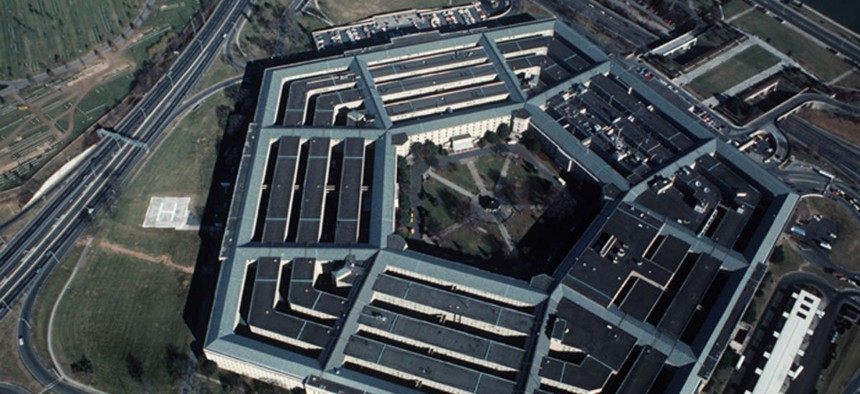Pentagon's Quest for Single IT Architecture Needs Work, Says GAO
$38 billion Joint Information Environment lacks estimates of cost, staffing needs.
The Pentagon’s efforts to harmonize the information technology systems on which it is spending $38 billion this fiscal year have fallen behind on specifying costs, workforce needs and cybersecurity strategies, a watchdog found.
The so-called Joint Information Environment--established in 2010 by then-Defense Secretary Robert Gates as an architecture for the Defense Department’s IT infrastructure—is at risk unless the department can “fully define JIE's scope and expected cost, and take steps to improve workforce and security planning,” the Government Accountability Office said in a report released on July 14.
The fiscal 2013 National Defense Authorization Act required the Pentagon to assess resources needed to achieve the vision of the Joint Information Environment to save in acquisition spending, speed up communications, modernize training and protect data from intruders.
The final product would include such elements as a reduction in the number of IT networks; a standardized virtual desktop environment; a cloud-enabled command and control capability; and a common set of standards, protocols and interfaces to enhance data sharing with other agencies, allies, coalition partners and private-sector organizations, GAO noted.
This March, DoD officials reported that cost estimates are in preparation following a January recommendation to Congress from the Office of the Director, Operational Test and Evaluation that oversight of the admittedly complex cost estimates be improved.
In addition, the auditors found, the department “has not determined the number of staff and the specific skills and abilities needed” to make the JIE a reality, and “DoD also lacks a strategy to ensure required JIE security assessments are conducted.”
In interviews over the past year, officials said the department has taken steps to address JIE personnel and security needs, “but it does not have plans in place to address these existing gaps,” GAO wrote. “As a result, DoD risks having a deficient security posture and not being able to ensure that it will have the appropriate workforce knowledge and skills needed to support JIE.”
Until officials and congressional committees are provided with accurate estimates, GAO continued, “they are limited in their ability to provide oversight for performance and make effective resource decisions.”
GAO recommended that the department fully define JIE's scope and expected cost, and improve workforce and security planning. In the report, DoD described steps it is taking along those lines.




